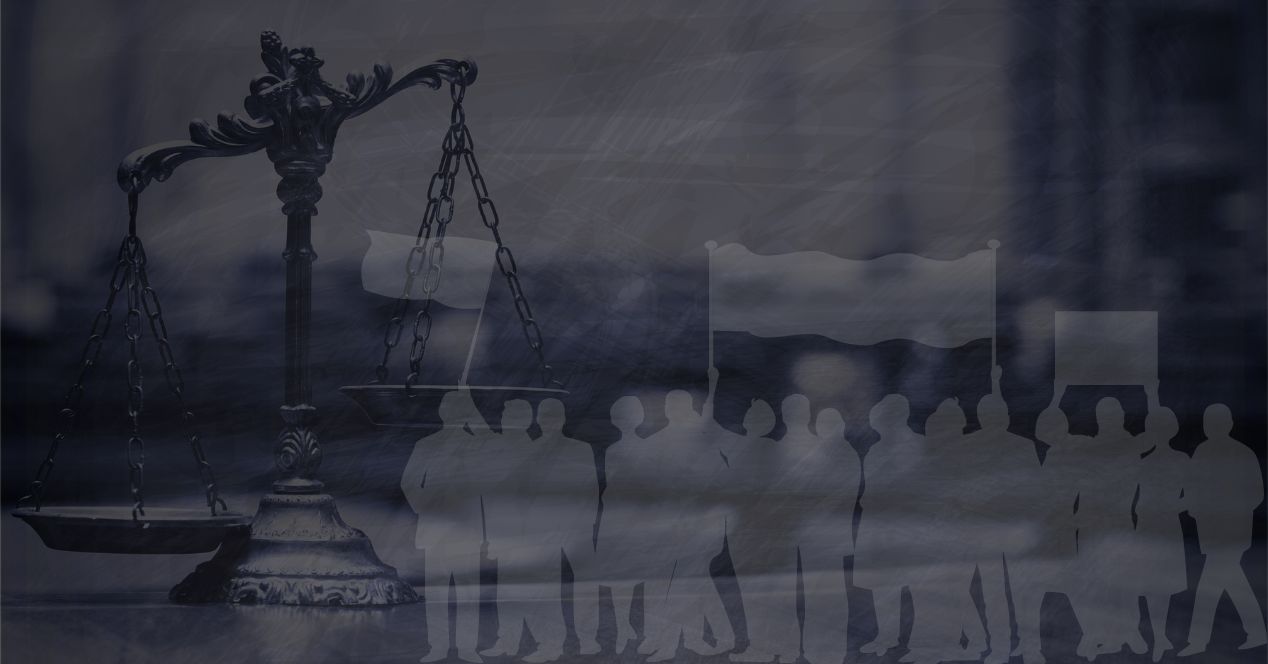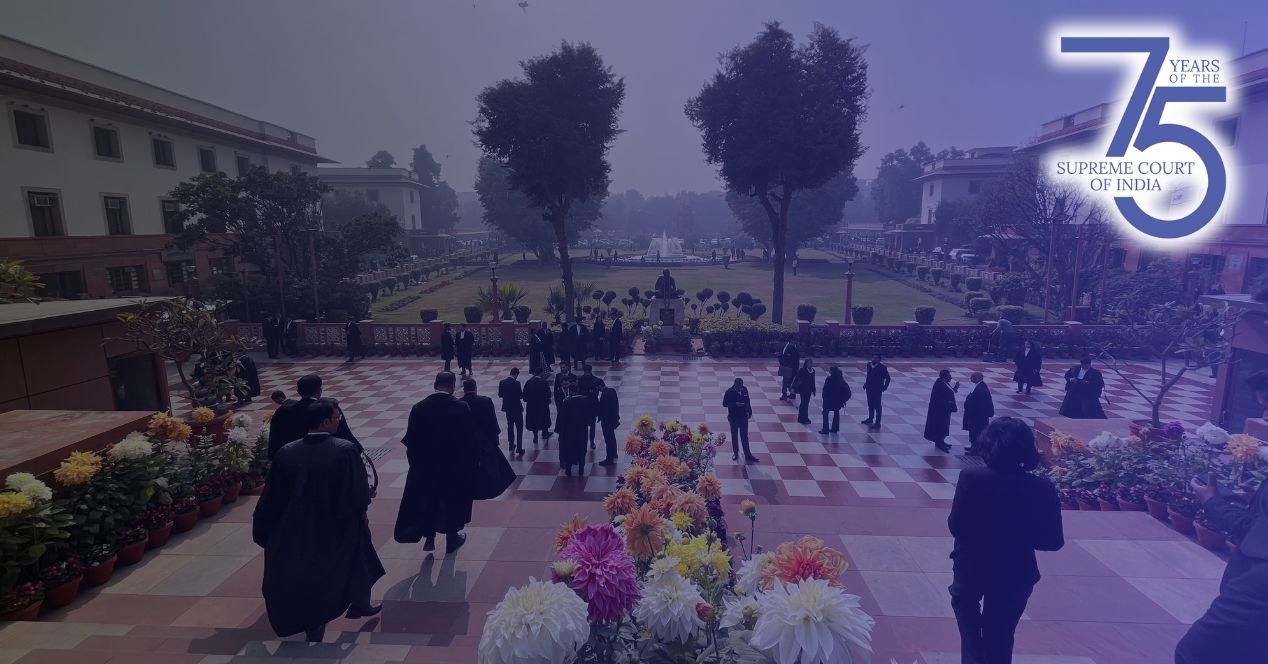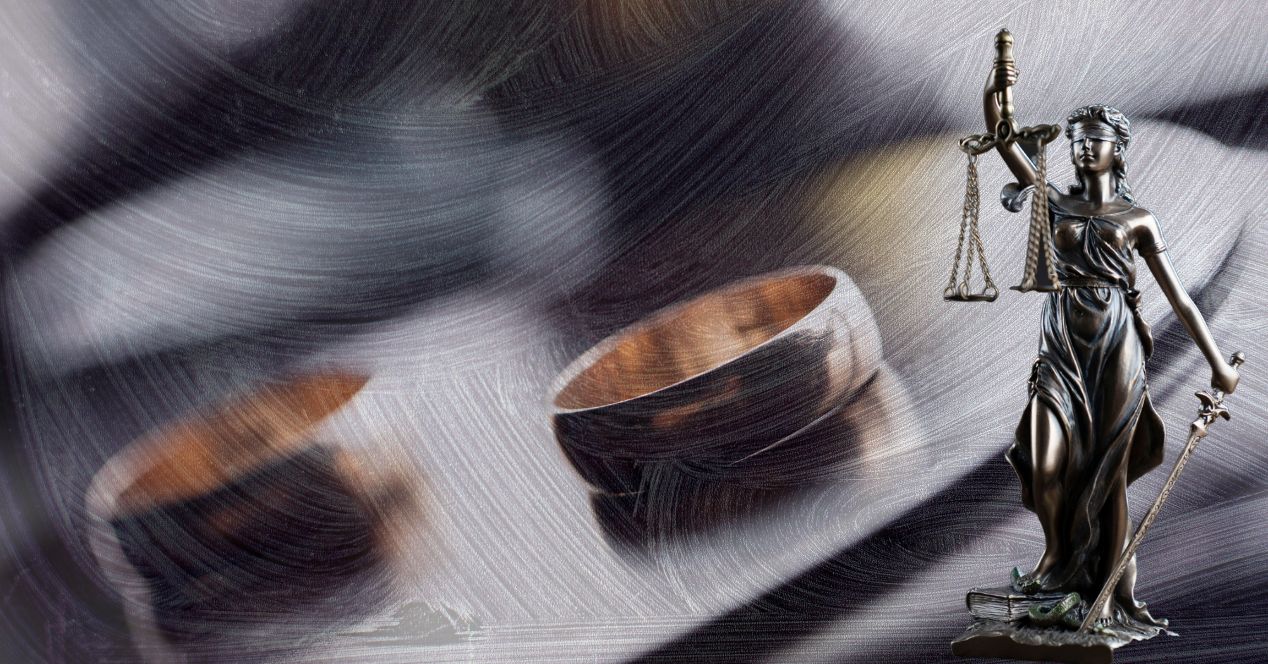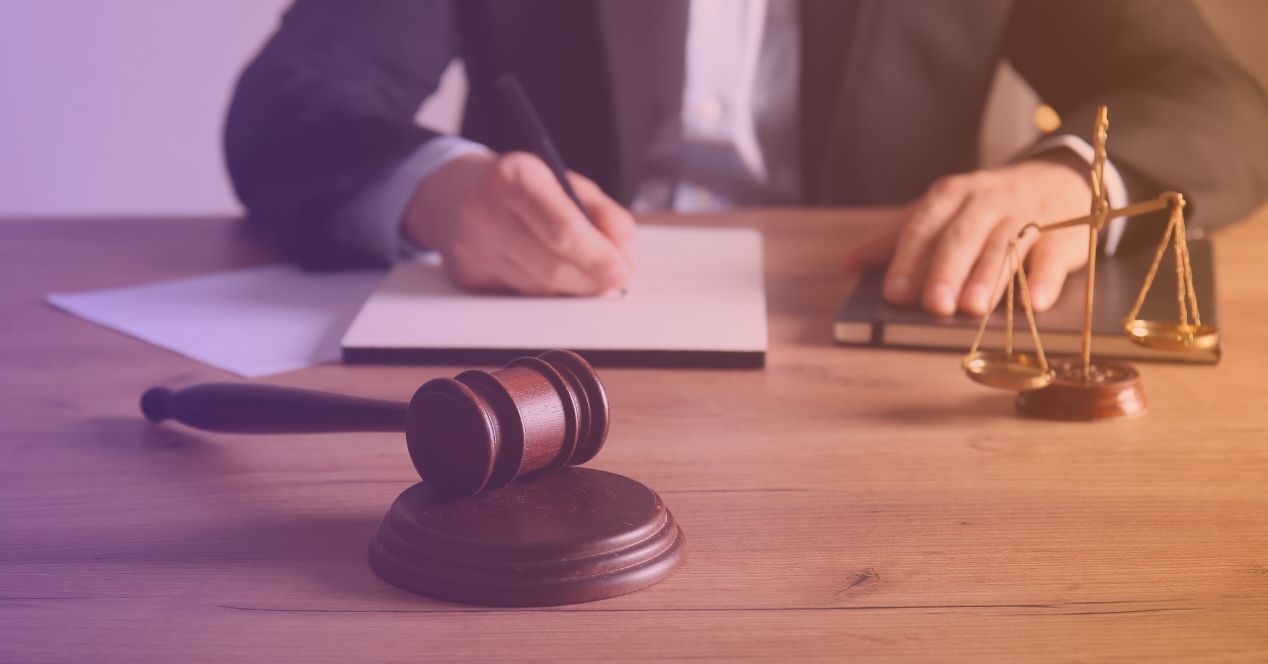Analysis
The many discretions of ‘complete justice’
The Court has often clarified that Article 142 is not an overriding provision, but the fact is that it has sometimes operated as one
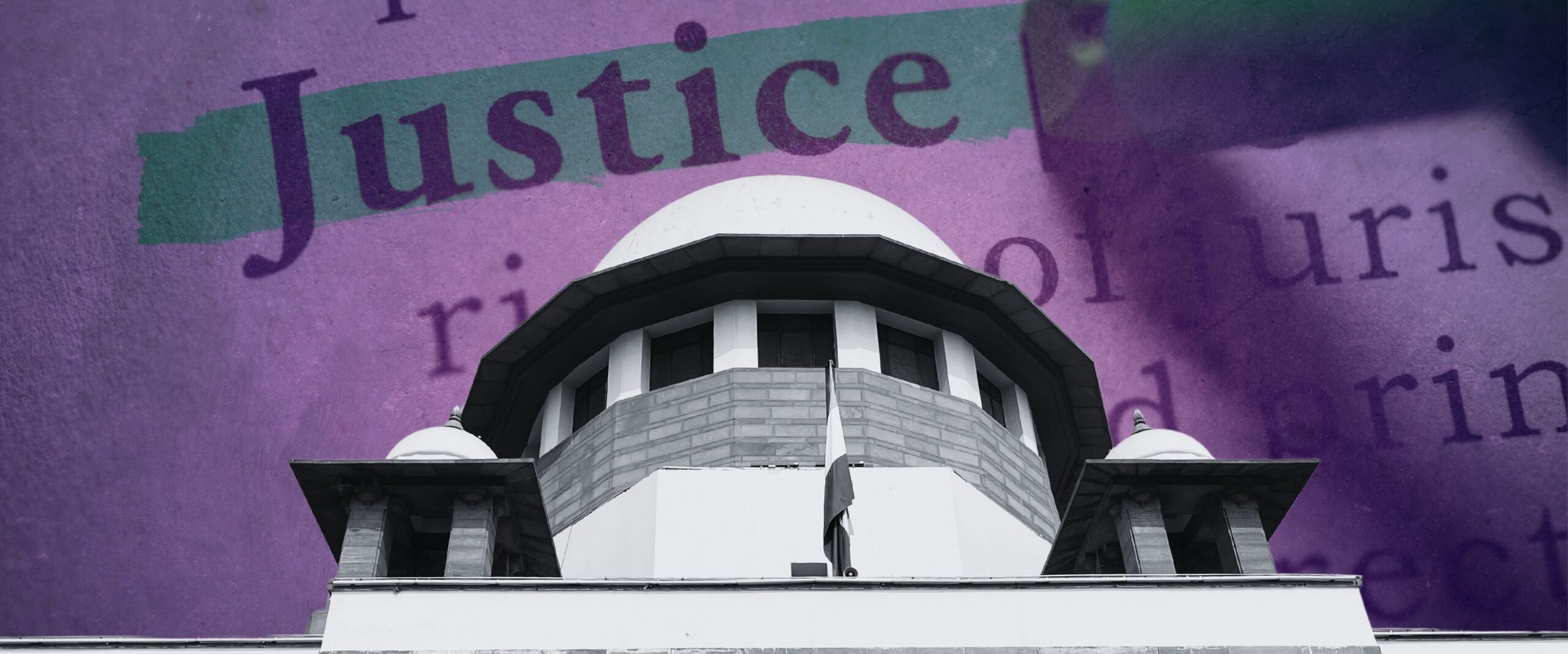
On Monday, the Supreme Court granted Atul Kumar, a Dalit student, admission to the Indian Institute of Technology in Dhanbad. Atul had scored well in the entrance exam but had been unable to make the payment of the admission fee of ₹17,500 in time. “A talented student like the petitioner who belongs to a marginalised group of citizens and has done everything to secure admission should not be left in the lurch,” the Order said. “The power of this Court under Article 142 of the Constitution to do substantial justice is meant precisely to cover such a situation.”
Article 142 is a unique provision that grants the Supreme Court the power to pass any necessary order to secure ‘complete justice’. Its draft, Article 118, was adopted by the Constituent Assembly without any debate. This meant that demarking its scope was left entirely to the Court.
A recent empirical study by IIM Ahmedabad shows that the Court mentioned Article 142 or the phrase ‘complete justice’ in 1579 cases between 1950 and 2023, most of which were civil cases. The study found that the Court has explicitly used its powers under Article 142 in only 791 cases.
In its first few decades, the Court was especially sparing in its use of Article 142. In Prem Chand Garg (1962), the Court had been called upon to examine whether the provision enabled it to pass rules that would restrict the scope of Article 32. A five-judge bench answered in the negative. Speaking for the majority, Justice Gajendragadkar wrote that an order passed to do complete justice “must not only be consistent with the fundamental rights guaranteed by the Constitution, but it cannot even be inconsistent with the substantive provisions of the relevant statutory laws.”
But as the Court got busier, there were more frequent invocations of Article 142. In Delhi Judicial Service Association (1991), the top court noted that its powers under Article 142 were “entirely of different level and of a different quality.” It added that prohibitions or limitations contained under ordinary laws could not restrict its “constitutional power” under Article 142.
Later that year, the Court echoed the same view in Union Carbide, while ordering the chemical company to pay $470 million as compensation to victims of the Bhopal Gas Tragedy. In Vinay Chandra Mishra (1995), a three-judge bench held that Prem Chand Garg was “not good law.” Article 142, the bench said, was “constitutional power” that “cannot be limited or conditioned by any statutory provision.”
After this, we notice attempts to check this expansive power. In Supreme Court Bar Association (1998), a five-judge bench held that Article 142 could not “supplant” the existing “substantive law applicable to the case.” In State of Karnataka v Umadevi (2006), the Court held that it would not grant any relief under Article 142 which “would amount to perpetuating an illegality.”
The trend looked to have reversed again in recent years. In 2017, the Court used Article 142 to ban liquor sales within 500 metres of national highways. In May last year, a five-judge bench exercised its power under Article 142 to recognise “irretrievable breakdown of marriage” as a ground for divorce under the Hindu Marriage Act. This paved the way for a no-fault divorce jurisprudence, despite the ground not existing in personal laws. Earlier this year, the Court relied on the provision to set aside the mayoral election in Chandigarh.
This year, however, has also seen cases that may illustrate an opposite trend. In High Court Bar Association Allahabad, a five-judge bench clarified that Article 142 could not be invoked to automatically vacate stay orders passed by High Courts. In a recent arbitration matter, a Constitution Bench cautioned against using discretionary powers to appoint arbitrators.
Looking at the different ways in which the Court has used this provision, one might say that it’s a mug’s game to subject a discretionary power to this kind of pattern analysis. But an integral part of our mission here at the Supreme Court Observer is to discern a rationale for what may sometimes appear as the Court’s haphazard jurisprudential evolution.
The boundary between restraint and overreach could be blurry—an assessment of which side the Court lands is often clouded by the analyser’s own understanding of social and political imperatives. As long as there are intersections between law and public life, there will be a place for the Court’s discretionary power under Article 142. And as long as the rule of law prevails, there will be calls to use it sparingly, at each time upholding constitutional principles and respecting the separation of powers.
This article was first featured in SCO’s Weekly newsletter. Sign up now!

